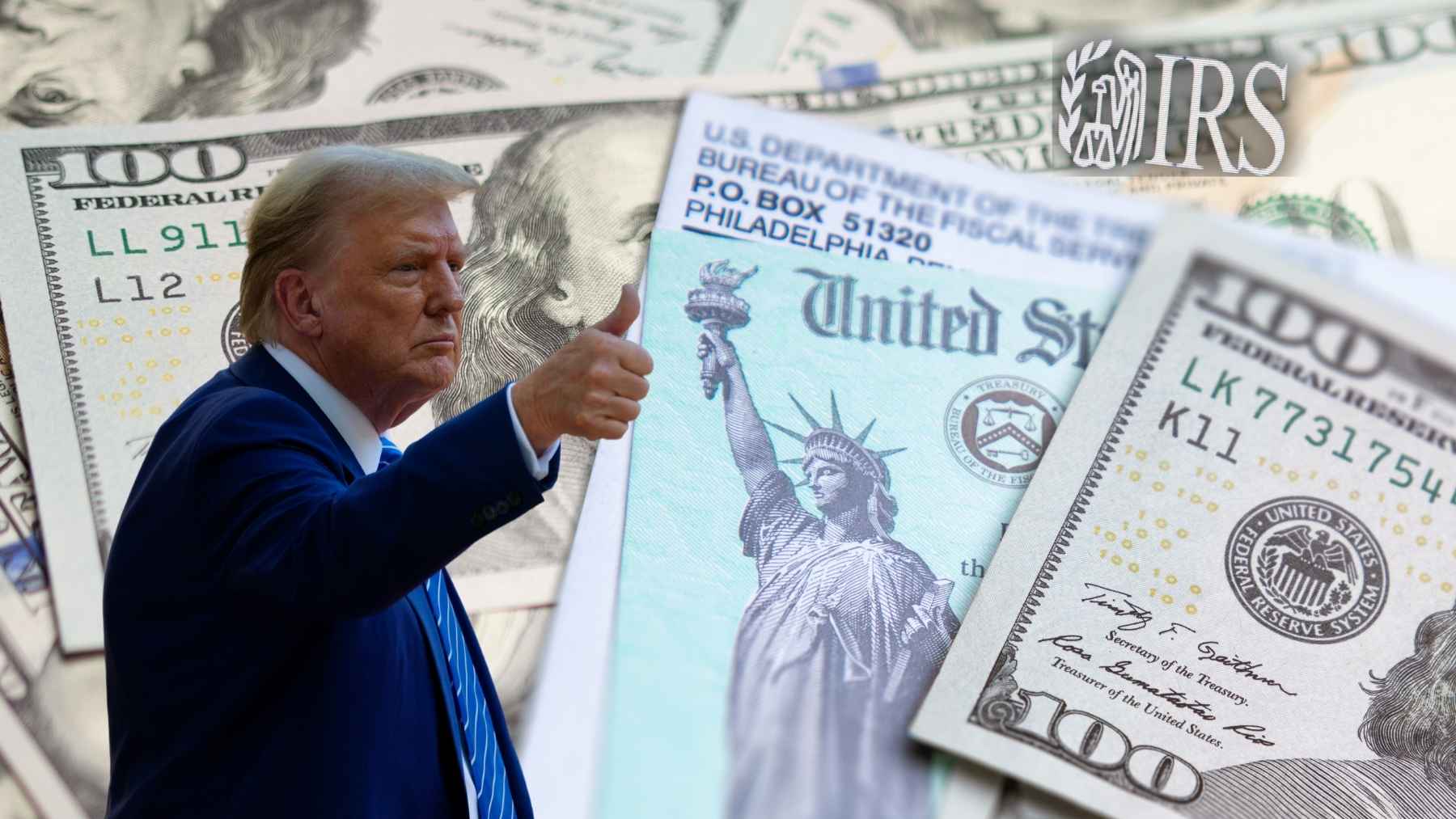As the calendar turns to March 21, 2025, the Internal Revenue Service (IRS) has confirmed a new stimulus check for 2025, rekindling hope for millions of Americans seeking financial relief. This announcement, unlike speculative proposals such as the Department of Government Efficiency’s dividend checks, focuses on unclaimed funds from the 2021 Recovery Rebate Credit (RRC), a refundable credit tied to the third round of Economic Impact Payments (EIPs). For those wondering who qualifies and how much they may receive. For those wondering if they qualify and how much they can get, here’s what you need to know about this IRS-backed initiative.
What’s up with the new stimulus check for 2025?
The IRS recently unveiled plans to distribute about $2.4 billion in payments to about 1 million taxpayers who missed out on their 2021 stimulus payments. This new 2025 stimulus check is not a new round of aid, but a corrective action for those eligible for the RRC, worth up to $1,400 per person, who didn’t claim it on their 2021 tax returns. IRS Commissioner Danny Werfel emphasized the agency’s commitment, stating in a December 2024 release, “We recognized that one million taxpayers overlooked claiming this complex credit when they were eligible.” While automatic payments began in late 2024 for some, others must act by April 15, 2025, to secure their share.
This initiative reflects the IRS’s ongoing efforts to ensure that all eligible Americans receive their due, especially as economic pressures continue. Unlike broader stimulus proposals, this program is targeted to a specific group, making it critical to understand who qualifies and how much is at stake.
Who Qualifies for the New Stimulus Check?
Eligibility for the new 2025 stimulus check depends on 2021 tax data. The IRS identifies two main groups:
- Automatic recipients: Taxpayers who filed a 2021 return but either left the RRC field blank or entered $0 when eligible will receive automatic payments beginning in December 2024. These funds, up to $1,400 per person, should have arrived by the end of January 2025 via direct deposit (using 2023 return banking information) or paper check. No action is required for this group.
- Non-Filers: Individuals who didn’t file a 2021 tax return but were eligible for the third EIP can still claim the RRC by filing a 2021 tax return by April 15, 2025. This includes those with minimal or no income, a key detail emphasized by the IRS to reach underserved populations.
Qualification mirrors the 2021 EIP criteria in that individuals with adjusted gross income (AGI) up to $75,000 (or $150,000 for joint filers) receive the full amount, with phase-outs ending at $80,000 ($160,000 for couples). Dependents, including children or adults claimed on returns, can also increase the total. The IRS urges you to check your online account to confirm previous EIP amounts received.
How much could you get?
The amount you could receive under this new stimulus check for 2025 varies. The maximum is $1,400 per eligible individual, meaning a married couple filing jointly with two dependents could claim up to $5,600. However, the IRS will adjust this based on what you already received in 2021. For example, if you received $800 of the third EIP, you’d be entitled to an additional $600. Non-filers filing for the first time could get the full amount, while higher earners above the AGI thresholds would get nothing.
Payments aren’t taxable and won’t affect federal benefits like SSI or SNAP, according to IRS guidelines. Timing is critical, however. If you miss the April deadline, the money will be lost forever under the three-year refund rule.
In conclusion, the IRS’s new stimulus check for 2025 offers an important opportunity for those who missed out on the 2021 Recovery Rebate Credit. At up to $1,400 per person or $5,600 for a family of four, this program targets a specific segment of taxpayers, from automatic recipients to non-filers who must act by April 15, 2025. Who qualifies depends on 2021 income and filing status, while how much you could get depends on previous payments received. It’s not a sweeping relief package, but a targeted correction that’s significant for those it reaches, but a reminder of broader economic disparities. For eligible Americans, this IRS initiative is a call to seize what’s owed before the deadline slams shut.

